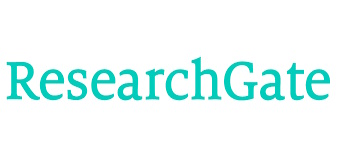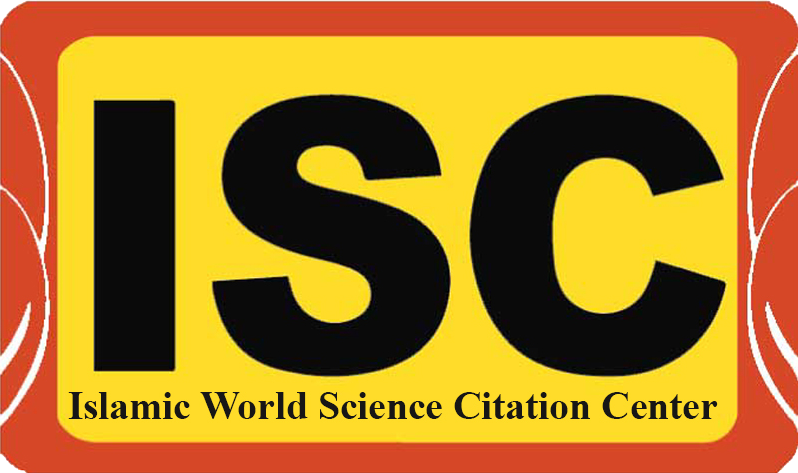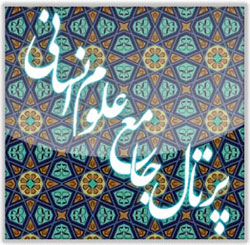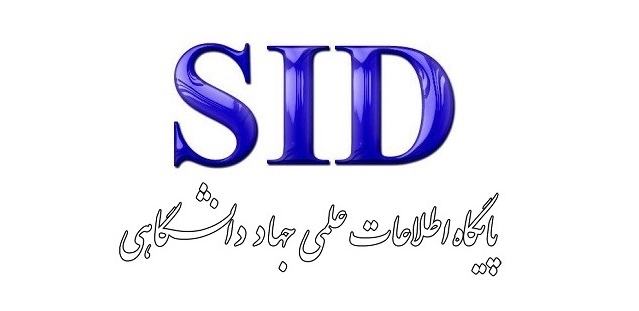Submissions
Author Guidelines
Authors are invited to make a submission to this journal. All submissions will be assessed by an editor to determine whether they meet the aims and scope of this journal. Those considered to be a good fit will be sent for peer review before determining whether they will be accepted or rejected.
Before making a submission, authors are responsible for obtaining permission to publish any material included with the submission, such as photos, documents and datasets. All authors identified on the submission must consent to be identified as an author. Where appropriate, research should be approved by an appropriate ethics committee in accordance with the legal requirements of the study's country.
An editor may desk reject a submission if it does not meet minimum standards of quality. Before submitting, please ensure that the study design and research argument are structured and articulated properly. The title should be concise and the abstract should be able to stand on its own. This will increase the likelihood of reviewers agreeing to review the paper. When you're satisfied that your submission meets this standard, please follow the checklist below to prepare your submission.
Authors interested in submitting their research to Manifestation of Art in Architecture and Urban Engineering should follow the guidelines below to ensure their work meets the journal’s formatting, structural, and submission requirements.
1. General Requirements
- Language: The full text of the article must be written in Persian (Farsi), following proper academic style and formal language conventions.
- Abstract: Each article must include abstracts in both Persian and English, each not exceeding 250 words.
- Extended Abstract: An extended abstract in English, with a length between 800-1200 words, is mandatory. This extended abstract should provide a detailed overview of the article’s main arguments, methods, findings, and conclusions to reach an international audience.
- Font and Formatting:
- Persian Text: Use B Lotus font, size 12 for body text.
- English Text: Use Times New Roman, size 12 for body text.
- Line Spacing: Use 1.5 line spacing for both Persian and English sections.
- Margins: Set the page margins to 2.5 cm on all sides.
2. Article Structure
A submitted manuscript should follow the structured format below:
-
Title Page: Include the following information:
- Article title (in Persian and English)
- Full names of authors with academic degrees and affiliations (in both Persian and English)
- Contact information, including email addresses for all authors
- Corresponding author: Clearly identify the corresponding author, who will manage all communication with the editorial office.
-
Abstracts:
- Persian Abstract: Summarize the study's aim, methodology, key findings, and conclusions within 250 words.
- English Abstract: Provide an English summary within 250 words that mirrors the Persian abstract’s content.
- Keywords: Include 4-6 keywords (in both Persian and English) that accurately represent the article’s content for indexing purposes.
-
Extended Abstract (in English):
- Provide a comprehensive summary of the article’s aim, scope, methodology, findings, and implications, ranging between 800 and 1200 words. This section is intended to reach international readers, ensuring that the primary contributions of the work are accessible to non-Persian-speaking audiences.
-
Main Text (Persian):
- Introduction: Clearly state the study’s objectives, background, and significance.
- Literature Review: Present a thorough review of relevant literature, emphasizing the study’s contribution to the field.
- Methodology: Describe the research design, data collection, and analysis methods used in sufficient detail to allow replication.
- Results: Present the research findings clearly, using tables and figures as appropriate.
- Discussion: Interpret the findings, discussing their implications, limitations, and potential future research directions.
- Conclusion: Summarize the study’s main contributions and relevance to the field.
-
Acknowledgments:
- Recognize any individuals, institutions, or organizations that provided support or funding for the research.
-
References:
- All references should be cited in the text using Harvard style (Author, Year) and listed alphabetically in a reference list at the end of the article.
- Provide complete citation information, including the names of all authors, year of publication, title of the work, journal or book title, volume, issue, and page numbers as applicable.
- Persian references should include the title in Persian, followed by its English translation in brackets.
3. Formatting and Style
- Headings and Subheadings: Use clear and concise headings to organize the article's sections. Major headings should be in bold (size 14), and subheadings in bold (size 12).
- Tables and Figures: Each table and figure must have a number and title in both Persian and English. Place tables and figures as close as possible to their first citation in the text. Ensure all tables and figures are high resolution for optimal readability.
- Units and Measurements: Use the International System of Units (SI) for all measurements.
- Abbreviations and Acronyms: Define all abbreviations and acronyms the first time they are used in the text, except for commonly known terms (e.g., UNESCO).
4. Citation and Referencing Style
All citations and references should adhere strictly to the Harvard referencing style, formatted as follows:
- In-text Citation: Use the format (Author, Year) for in-text citations. For example, (Smith, 2020) for a single author, (Smith & Brown, 2020) for two authors, and (Smith et al., 2020) for three or more authors.
- Reference List: Arrange the references alphabetically by the last name of the first author. For Persian sources, provide the original Persian title, followed by an English translation in square brackets. Each reference entry should follow this structure:
- Books: Author(s) Last Name, First Initial(s). (Year). Title of Book. Place of Publication: Publisher.
- Journal Articles: Author(s) Last Name, First Initial(s). (Year). ‘Title of Article’, Title of Journal, Volume(Issue), pp. Page Numbers.
- Web Sources: Author(s) Last Name, First Initial(s). (Year). Title of Webpage. [online] Available at: URL [Accessed Day Month Year].
5. Submission Process
- Manuscript Preparation: Ensure the manuscript complies with the guidelines outlined above, is free from grammatical and typographical errors, and all required sections are complete.
- Submission Platform: Submit the manuscript through the journal’s online submission platform, ensuring all relevant files, including tables, figures, and supplementary material, are attached.
- Cover Letter: Include a cover letter addressing the manuscript’s significance, its fit with the journal’s scope, and any potential conflicts of interest.
- Review Process: All submitted manuscripts undergo a rigorous double-blind peer-review process. Authors will receive reviewer comments and the editorial decision typically within 4-8 weeks after submission.
6. Ethical Considerations
- Originality and Plagiarism: The manuscript must be the author’s original work and not have been published elsewhere. All submissions will undergo plagiarism detection.
- Conflict of Interest: Authors are required to disclose any potential conflicts of interest related to the research.
- Data Integrity and Availability: Authors should ensure that all data presented in the article are accurate and reliable. Data supporting the findings should be made available upon request.
- Acknowledgments and Funding: Clearly disclose all financial support received for the research.
7. Article Processing Charges (APC)
Upon acceptance, a publication fee of 1,500,000 Tomans is required to cover the costs associated with the peer-review and publication process. This fee is payable by the corresponding author only after the manuscript has been accepted for publication.
8. Post-Acceptance and Proofreading
Once a manuscript is accepted, the editorial team will provide authors with galley proofs. Authors must review these proofs carefully to correct any typographical errors or minor issues before publication. No substantial modifications to the content are allowed at this stage.
By following these guidelines, authors contribute to the efficiency and professionalism of the review process, enhancing the clarity and impact of their research.
For any questions or additional information, please contact our editorial office
Submission Preparation Checklist
All submissions must meet the following requirements.
- This submission meets the requirements outlined in the Author Guidelines.
- This submission has not been previously published, nor is it before another journal for consideration.
- All references have been checked for accuracy and completeness.
- All tables and figures have been numbered and labeled.
- Permission has been obtained to publish all photos, datasets and other material provided with this submission.
مقالات
سیاست پیشفرض بخشPrivacy Statement
The names and email addresses entered in this journal site will be used exclusively for the stated purposes of this journal and will not be made available for any other purpose or to any other party.











